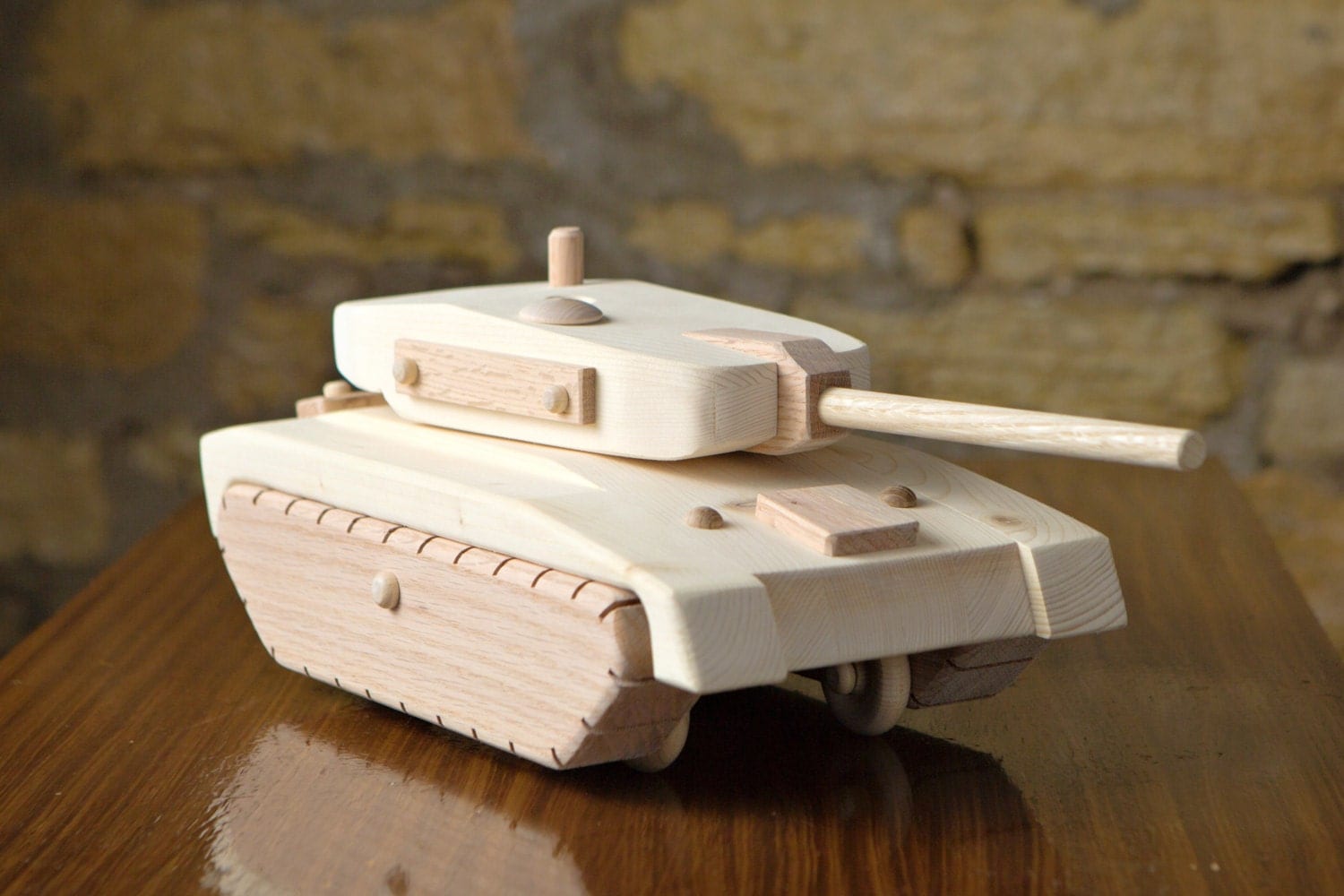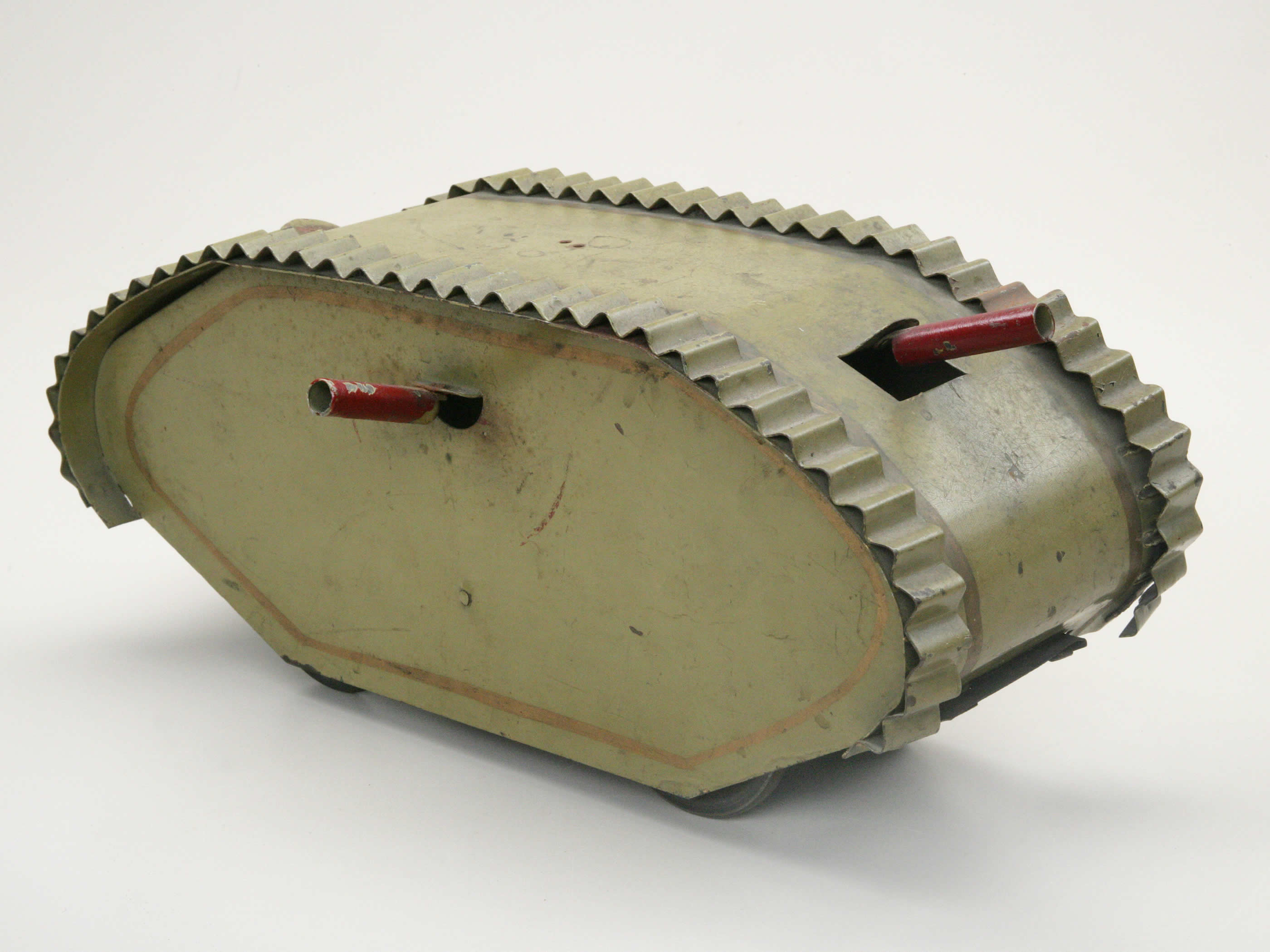

It is for this reason that the 2-3,000 T-64s in storage will never return to service.

This tank was fitted with the 5TDF engine, a failed attempt to copy a German wartime bomber engine. The exception to this practical Soviet approach is the T-64. The V-84 (T-72s), V-92S2F (T-72B3s, T-90s), the UTD-20 (BMP-1s and BMP-2s), and UTD-29 (BMP-3s) are further upgrades of this engine. The V-2 is the Kalashnikov of tank engines. All Russian tank engines, remarkably, are descended from the highly successful V-2 diesel engine designed in 1931 at the Kharkov Locomotive Plant (now destroyed by Russian forces).

Only one experimental company was ever formed anyway in Central Military District (CVO) and the chances it will appear on a frontline, except for propaganda purposes, are small. The root problem with the engine means ‘the tank moves satisfactorily only under the cover of a group of technicians and engineers’. ‘The fact remains that the T-14 will remain a prototype toy with no chance of mass production’, Russian defence journalist Roman Skomorokhov has sentenced. T-14 Armata, in the end, proved a story of technology over-reach. However, in the case of T-14 Armata the idea did not start from the cancelled T-95, or even a tank design, but with an engine. Conceptual vehicles with unmanned turrets had existed since the 1980s (CIA Top Secret ‘Soviet Tank Programs’, NI IIM 84-10016, 1 Dec 84 offers interesting historical perspectives on these designs). This tank, a casualty of the troubled 1990s, was finally abandoned in 2010. The origins of T-14 Armata lie in the cancelled T-95 (Object 148). According to the Associated Press, in one instance one of the tanks broke down during a 2015 Victory Day parade. According to Russian state media outlet TASS, the tank has had issues with its engines and thermal imagers, which producers claim to have never been fixed in 2020.


 0 kommentar(er)
0 kommentar(er)
